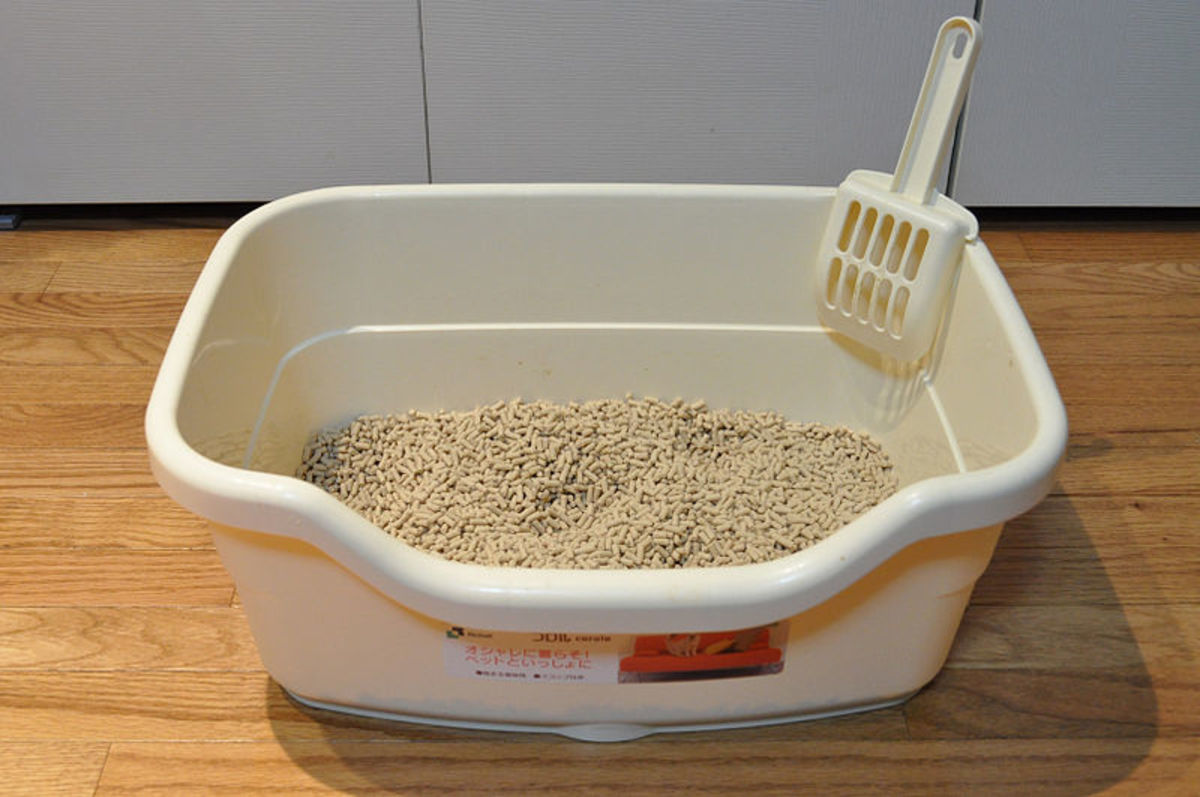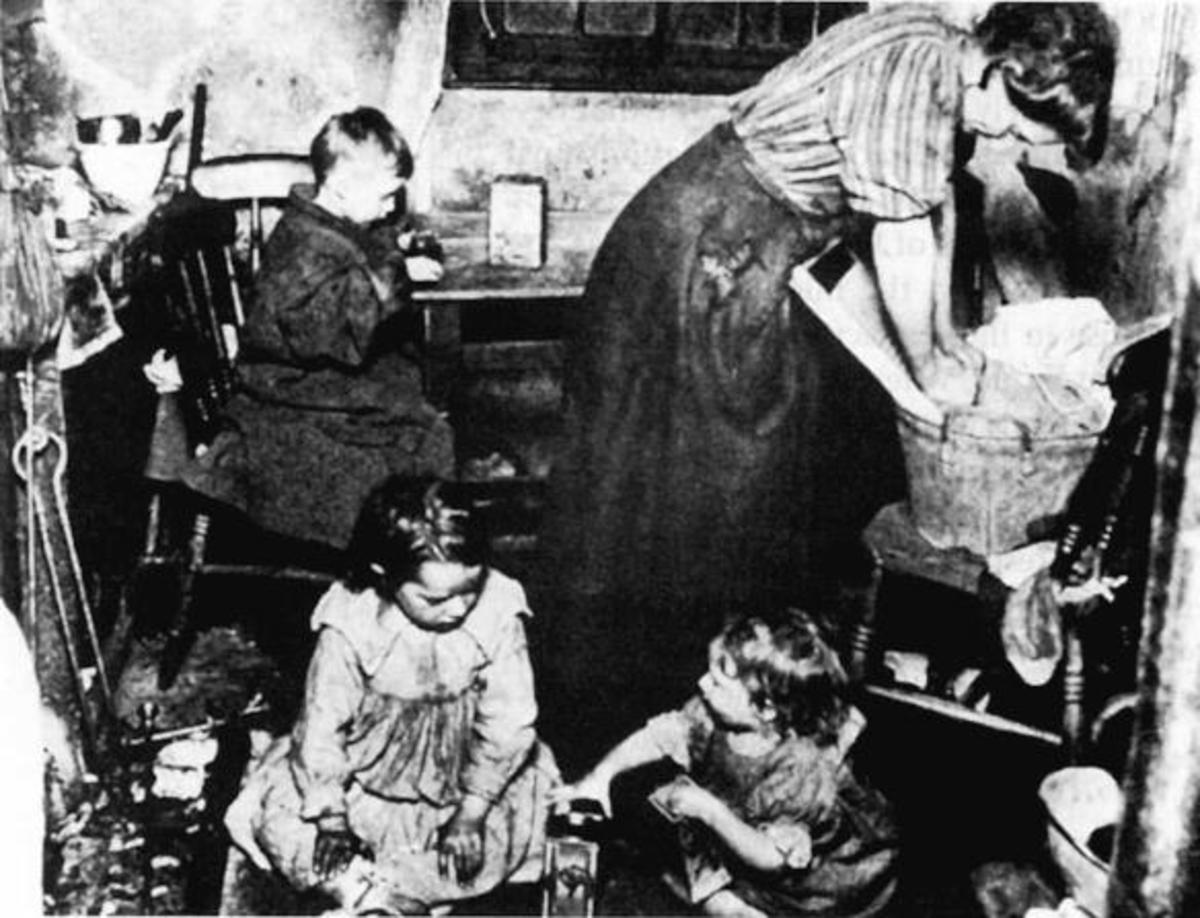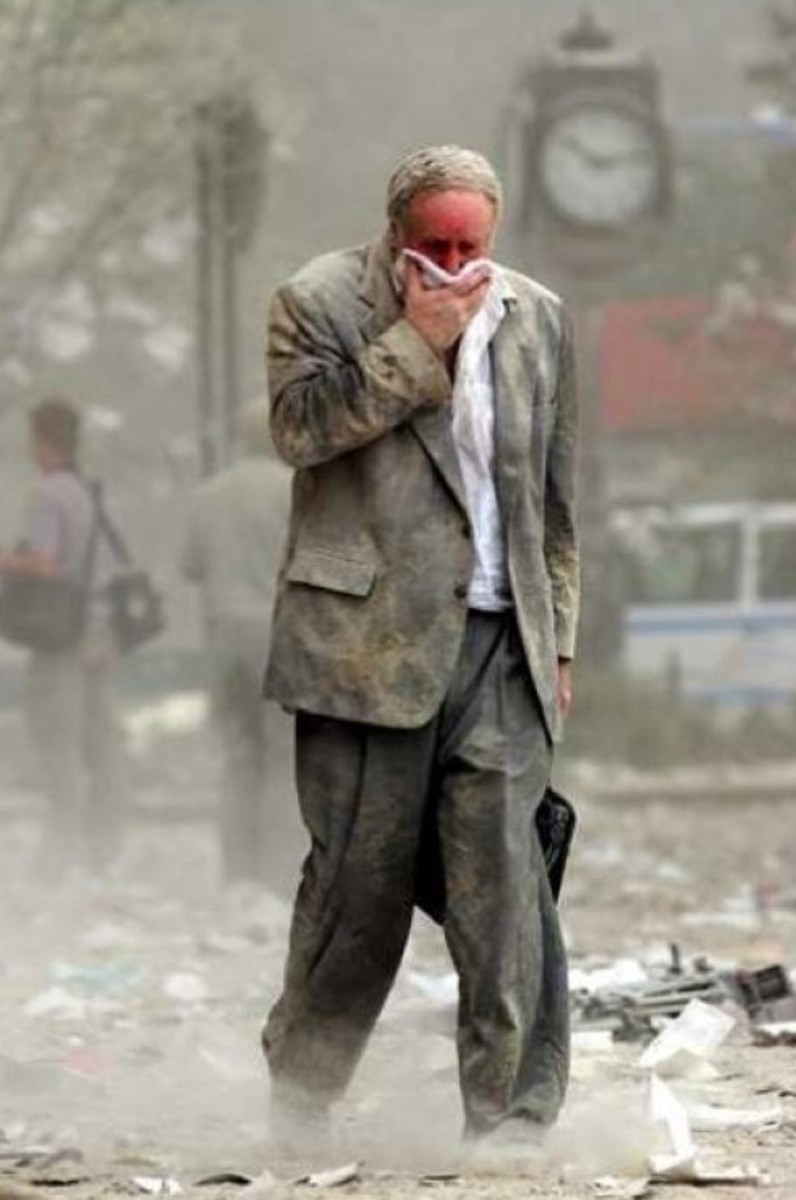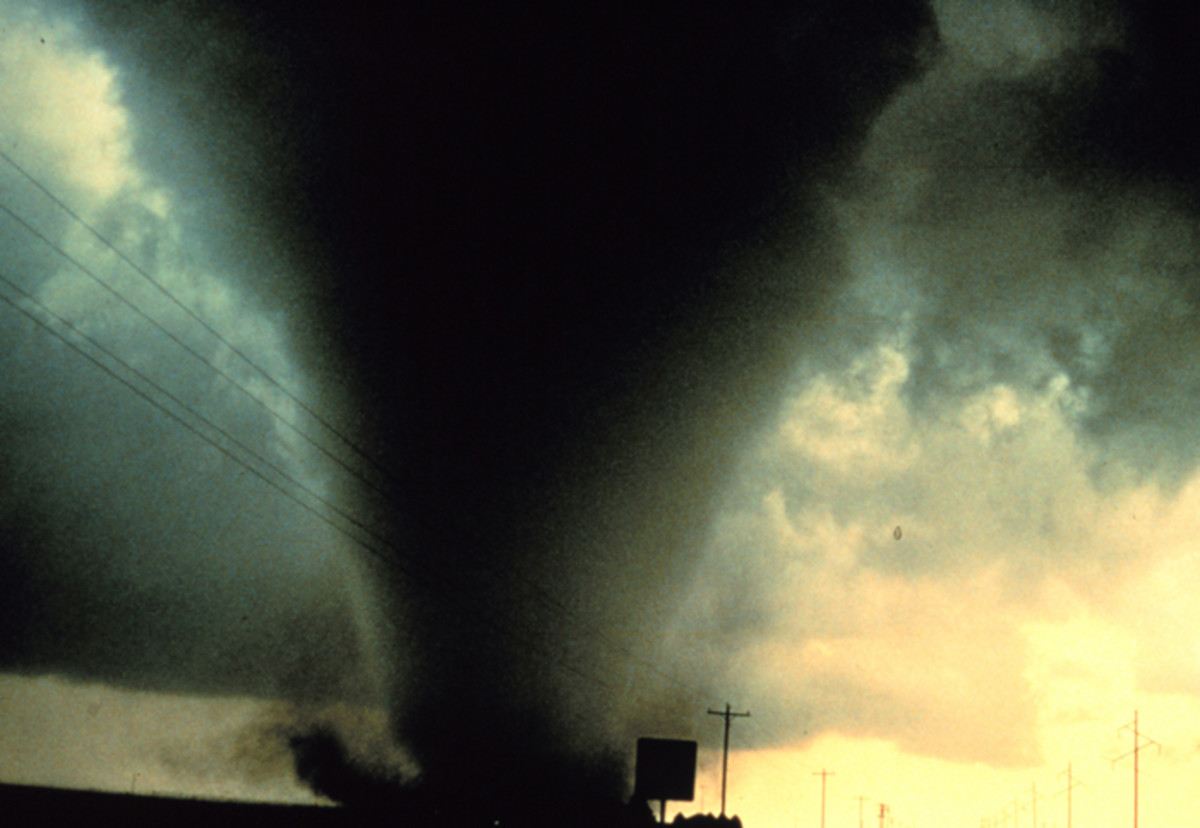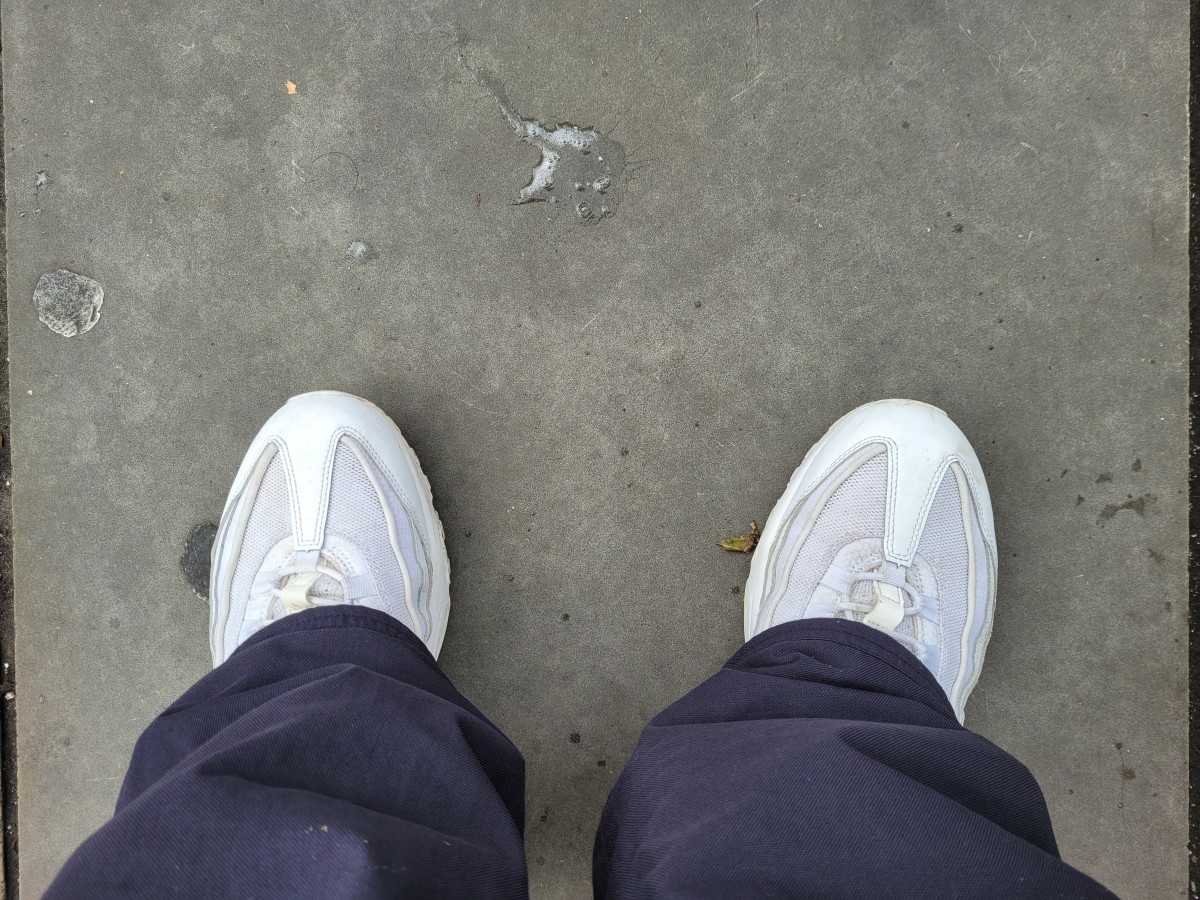Dust: The Air That You Breathe
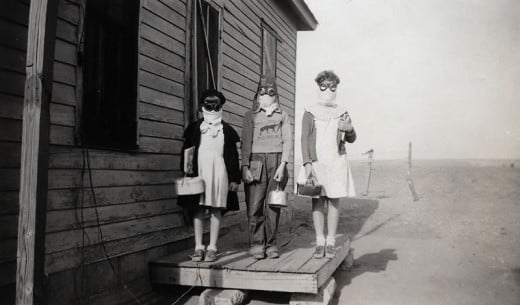
For as much as we know and as much as we learn, some lessons are never quite complete. Dust, we ought know by now, is not our friend. Whether it is powdered topsoil like we saw in the great Dust Bowl of Canada and the United States during the thirties, or post-9/11 dust, or dust in Afghanistan and Iraq that is largely responsible for Gulf War Syndrome. Just consider that on average, all of us breathe twenty-five pounds of air daily.
Then there is combustible dust (dust that explodes and has and that kills) that is common to coal mines or other mills like those that produce paper, sugar, flour, metal or pharmaceuticals or grain.
And then there is just ordinary household dust. Whatever form it comes in and wherever it is, dust is rarely a good thing.
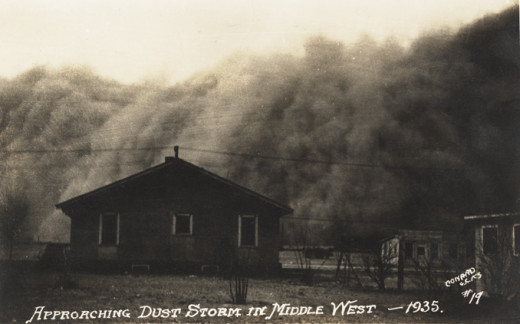
Go West, Young Man: The Dust Bowl
In the thirties, dust from over-worked soil ruined the lives of farmers and their families in the Great Plains in the United States as well as some regions of Canada. The farmers then did not have a real understanding of the land at that time and the advent of new, more mechanized farming equipment meant that farmers could more easily plough and till the soil more deeply.
For a while, this worked. Farmers made the most of the land, plowing and planting many acres, making deep cuts into the earth and planting cash-able crops which took the place of native plants and grasses that grew in the region. For a while, there was plentiful rain – which was really an aberration for that region which has, on average, only twenty inches of rain per year. When the rain stopped, the area entered into a severe drought. Even that would have been okay, albeit difficult, the native grasses (prairie grasses) and plants would have held the top-soil in place and the dry earth would not have been able to be so easily kicked up and dispersed in an area that was already known to be subject to high winds. The farmers at the time did not realize that the combination of relatively little rainfall, high winds, and overworked soil would lead to such incredible disaster
But because no crops could grow in the soil (no rain to water the crops and more, the soil had been thoroughly leached of valuable nutrients which had not been replenished), nothing could grow. More, the farmers had not practiced dry-land farming techniques. In dry-land farming, farmers follow a system of crop rotation. This system allows all fields to be worked (but rotated) while one field is left fallow – that is, one field is left unplanted and allowed to return to its natural state. In the natural state, native plants and grasses can regrow and the rich soil is replenished.
In the thirties, none of this happened. Fields were over-ploughed, leached of nutrients, and suffered from severe dry-spells with no sustainable yield. The result, vast areas of farmland were reduced to a fine, powdery dust which was easily kicked up by heat and high winds creating dust storms. The storms were so severe and so intense that they buried whole houses, major farm equipment, and blew as far as New York City and Washington, DC. Farmers and their families lost everything; their homes, their livelihoods (their farms), their equipment, and some, even their lives.
Dust storms, large and small, but one so large that it deposited 12 million pounds of dust near Chicago, were not at all uncommon. Residents of the Plain states tried to adjust – plugging up all holes or gaps in their farmhouses with whatever they could find (often used rags and clothing). Children went to school with their heads wrapped and with goggles and extra scarves to cover their faces should a dust storm strike, but most eye witnesses agree that nothing could protect you from the dust. It was so fine, so intensely pulverized into powder that its smallness made it lethal. You could be buried in a dust storm or you could choke to death and asphyxiate because it was impossible to breathe. One of the worst dust blizzards was on April 14, 1935 which beame known as Black Sunday. During this time period, parts of New England one winter had reports of falling snow that was tinted red from so much sand dust that had drifted and was in the air. Air in these states from South Dakota through, Oklahoma, Arkansas, Missouri, Iowa, Nebraska, Kansas, Texas, Colorado, and New Mexico was often lethal, resulting in dust pneumonia. Others died from severe malnutrition as there was no money, no food to eat, and whole houses and farms were buried. People from these areas who lost everything became known as “Okies”. Some migrated to California where many decendent families live today. And there, in some parts of California, they are still contending with dust and dust pollution from another source…
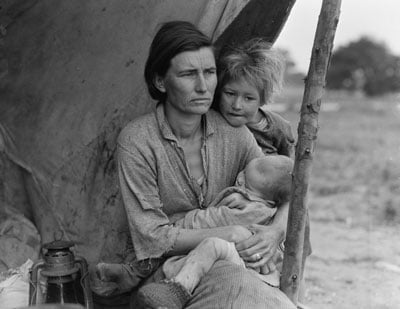
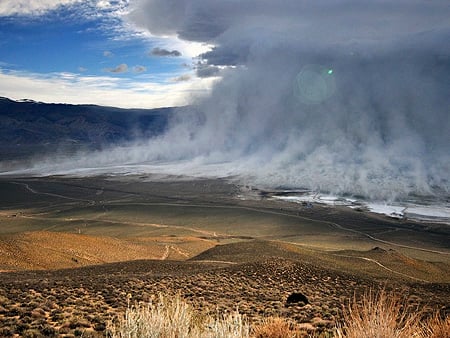
Los Angeles: Diversions & Digressions
The Owens River runs about 183 miles long through Southeastern California through Owens Valley along the eastern side of the Sierra Nevada and the western faces of the Inyo and White Mountains, near Nevada. By 1913, authorities had successfully diverted the river, channeling the water that used to make up Owens Lake into what would become and is today the Los Angeles Aqueduct. All of this was fine until the lake-bed dried up and got really, really dry. High winds that flow through the area began kicking up the dust, which wasn’t so bad, until the dust started travelling to parts of Los Angeles causing severe dust storms as well as contributing to an already poor air-quality problem.
Owens Lake was at one time, in the paleolithic, about two hundred miles wide and many feet deep. And after that, until we drained it in 1913 the lake was about 17.5 miles long and ten miles across. This is important to note because all of that water served a purpose: it helped keep the soil in place and the surrounding soil moist so that native plants could thrive and grow which helped keep the top-soil in place (much like the idea behind leaving a field fallow). Once we redirected the Owens River, Owens Lake dried up and became a sort of dusty salt plain that was frequented by high winds – and the rest is history. To remedy the air-pollution problem from the Owens Lake debacle, Los Angeles has rechanneled some of the Owens River water to flow back into Owens Lake to keep the area moist and erase the number one source of major dust pollution in the United States. With a reflow of the river, authorities hope to control the dust storms (mostly from sodium carbonate which is white in color and highly saline). Dust kicked up by the Owens Lake and dust storms in the area would settle and drift to neighboring states causing a number of respiratory and other problems
Coccidioides immitis is a soil-dwelling fungus that thrives in the soil in the desert Southwest—California, Arizona, New Mexico, Nevada, Texas. Dust storms resulting from poor land management kick up the soil and the bacteria and carry it to Los Angeles where it is inhaled and settles in the lungs of people who inhale it and has earned the moniker Death Dust. It has caused documented cases of bacterial meningitis (and extremely painful swelling and infection of the meninges surrounding the brain, putting terrible pressure on the brain). Other people get flu-like symptoms: fever, cough, exhaustion, headaches, arthritis, and muscle pain. But only forty percent of people will show any symptoms at all – but this doesn’t mean they haven’t been exposed to it or that it hasn’t or isn’t harming them. In severe cases Valley Fever presents as a popular skin-rash and lodges in joints and mucous membranes causing severe symptoms and eventually death. Desert Fever – seen by those who serve in the Gulf War – has similar symptoms.
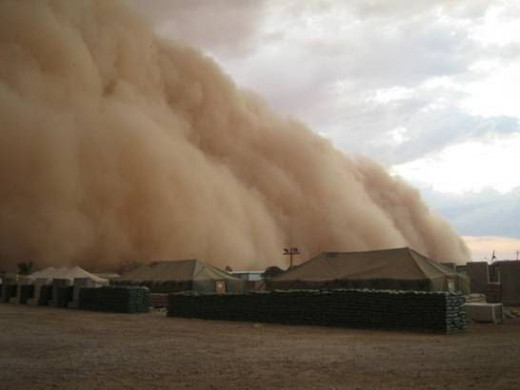
War: A Dusty Business
In Afghanistan and Iraq American troops had to adjust to not only being away from home, not only to the whole cold reality of a brutal war, but to an environment that was wholly unforgiving. War in the desert meant adjusting to high temperatures, negotiating massive sand dunes (learning how to drive all over again because the conditions are so vastly different), bright glaring sun, high temperatures that overtaxed the body, and sand and dust storms that jammed necessary (and valuable) equipment, and dust storms that would cause black-out conditions, get in food, and contribute to respiratory illness. The Iraqi Ministry of Environment recorded 122 dust-storms and 283 dusty days in 2013. They speculate that within ten years, there will be upwards of 300 dust storms a year in that area.
That would be enough to cause breathing problems and respiratory illness for soldiers. But to further complicate matters, are the burn pits, which are nearby most camp bases in the desert.
A burn pit is just what it sounds like: a big hole in the sand into which all things that need to be destroyed are thrown. This includes machine parts, batteries, paper, food scraps, animal corpses, parts of large machinery and weapons, and even human remains. Jet fuel is often used as an accelerant to keep the fire burning and keep it burning at a very high temperature. The result is a thick black smoke that rises above desert bases twenty-four hours a day, seven days a week and a near constant plume of thick black sooty smoke. If you think this won’t contribute to breathing problems think again. Most likely it is these burn pits that are the origin of Gulf War Syndrome. The dust is easily absorbed into the human body through ordinary breathing and while soldiers do cover their eyes and mouths with glasses and heavy scarves when the dust is at its worse, even that isn’t enough to protect them from a dust that is so highly powdered and particulate. This fine powder is readily absorbed through lung tissue and through any visible mucous membranes. Gulf War Syndrome documents, along with the obvious respiratory illness, skin problems, arthritis and joint problems gastro-intestinal problems, chronic fatigue syndrome, and worse. Soldiers also often suffer from post-traumatic stress disorder – and while that isn’t related to inhaling anything of any kind or any particular chemical, it can’t help to see human body parts burned in a pit just feet away from where one sleeps at night. This and trying to stay safe in massively foreign (often terrifying) environment is bound to have a negative effect on psychological well-being.
It seems highly disingenuous of any government to contend that either Gulf War Syndrome is arbitrary or that there is no causal link between many of the symptoms and the highly toxic-dust by-product of burn pits (Sarin gas is another contributing factor). If we accept that the massive dust-cloud from the collapse of the World Trade Center buildings on 9/11 seriously damaged the health of emergency services first responders, rescue workers, and survivors, why would we think that many of the same things burned in a bit with jet-fuel accelerant in the desert would be any different?
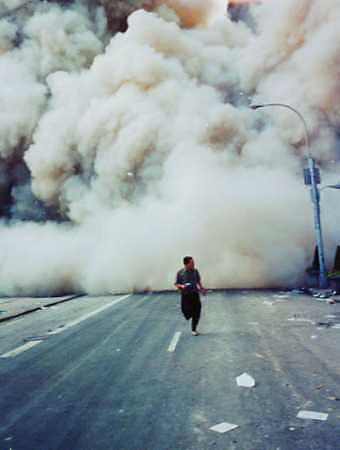
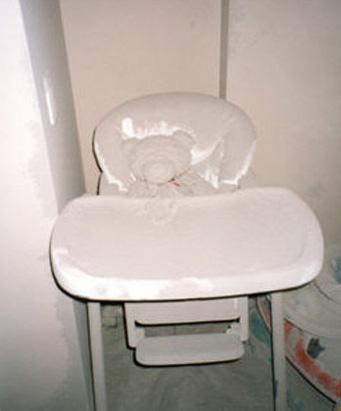
9/11: What Dust?
On September 11th, 2001 when the towers collapsed, a massive dust cloud enveloped lower Manhattan and plumes of thick, black smoke drifted over New York City and Brooklyn. Those in the immediate vicinity of the towers were covered in dust, and first responders and everyone on the Southern tip of New York drew it in with every breath . We were lucky to have lived, we said. Those who got covered in dust and those rescue workers who had to contend with it had a hard job, but the fire department was there with hoses and water to rinse people off. And life went on.
Responders were advised to use respirators to help them breathe, but the respirators were heavy, clunky, and made rescue efforts more arduous and communication near impossible. And some were saying that the dust wasn’t a problem.. All of these people inhaled the dust and for months. Workers developed a constant, nagging cough which was attributed to the dust, and people who worked nearby had the same cough along with other respiratory difficulties.
Then came the reports. That those who had worked on 9/11 or been in the area began coming down with various cancers and in a much higher percentage than the general population. There were higher rates of mesothelioma, multiple myeloma, prostate, and thyroid cancer.
EPA scientist Dr. Cate Jenkins said the dust was "as caustic and alkaline as Drano” and drew attention to the super-high asbestos content of the dust and the disturbingly high PH level. The Bush Administration pressured the EPA to soft-pedal the health-threat caused by 9/11 fall-out.
At first, reports called for nearby offices, shops, and residences to be professionally cleaned since the dust could be a health hazard. Multiple revisions later, mentions of ill-health effects from 9/11 dust fall-out were almost entirely deleted. People were advised instead to “follow the advice of New York City officials”. Further, reports that detailed the extremely high levels of asbestos and other carcinogens in the dust were altered to sound less alarming. Don’t worry, people were told, it was not the “dangerous type of asbestos,” it was, “the less toxic form of asbestos” that they were breathing.
What Dust?
In a report published in 2007, the EPA was standing by the statement that the dust was relatively harmless. This surprised a lot of people. To begin with, the level of dioxin in the air on 9/11 and immediately afterward was higher than it ever had been ever at any time anywhere on earth. And then there was the incredibly high alkaline PH of the dust and the persistent cough that first responders and survivors had developed in the days and months after the event. There were also high high levels of lead which can result in serious brain problems and neurological issues. Yet despite all of this, the EPA wanted us to know that the risk of developing illness from toxins in the air during the immediate aftermath of 9/11 was "insignificant."
The Bush administration and the EPA further concluded that exposure levels to the 29 "dioxin-like" compounds in the plume were actually 50 times lower than levels to which ordinary Americans are exposed to over a lifetime in their food. In short, they were saying that the simple act of eating in our life is riskier than standing and breathing in deeply in South Manhattan on 9/11 or immediately afterward. The air, they insisted, was safe.
The National Institute for Occupational Health and Safety (NIOSH) has ruled that there was not enough evidence to conclusively prove that anything post 9/11 was enough to convince them, anyway, that breathing in the dust contributed to cancer in any form. They said nothing about other illness.
Dust Print
Greg Meeker and a team of scientists from USGS in Denver, Colorado flew in to New York a few days after 9/11 at the request of the EPA to test the dust. In all, Meeker’s team took about 28 samples from various sites in Manhattan that were exposed to the dust and created a “dust signature”. The signature could be used to identify dust in the future (such as particles that lodged in the lungs of firefighters and other first responders) as related to 9/11 or not. They found that five components — slag wool, rock wool, soda-lime glass, concrete particles, and gypsum — as primary signature components that could be used to identify dust as World Trade Center-related. They also identified possible secondary signature components: FeOx, ZnOx, silica, and chrysotile.
They found that five components - slag wool, rock wool, soda-lime glass, concrete particles, and gypsum - could be used to as primary signature components for identifying dust from the World Trade Center. They also identified possible secondary signature components: FeOx, ZnOx, silica, and chrysotile.
In December 2010, accountant Jerry Borg, who worked in a building a few blocks from the World Trade Center on September 11, 2001, died of an inflammatory disease of the lungs. The results of his autopsy ruled him to be the 2,753rd official victim of the 9/11 attacks. Just this past September, The Guardian reported the death of three firefighters who died the same day and who all had been exposed to the toxic dust on 9/11. And many area hospitals report cases of respiratory illness and other that they attribute to 9/11 related dust.
Women who were in their first trimester during 9/11 and in the vicinity of the dust-cloud at the time and who subsequently routinely inhaled dust daily during their first trimester gave birth to infants with significantly more health problems and consistently lower birth rates than did women in their first tri-mester who did not inhale the dust. Further, for children born who were the second born to these women, the second-born infants had significantly more problems than their older siblings. Boys were more likely to have birth complications and very low birth weights. They were also more likely to be admitted to the NICU. Exposure to this catastrophe more than doubled the women’s chances of delivering a baby prematurely.
Earlier this year, the United States Department of Health and Human Services program that provides care to first-responders injured during the terrorist attacks expanded coverage to victims with four types of cancer that were not previously considered related to the attacks; they include brain cancer, pancreatic cancer, testicular cancer, and invasive cervical cancer.
And while certain government groups still maintain that there is no clear parallel between ill-health and increased cancer rates and other illness (that came in clusters) to those exposed to 9/11 dust, hospitals and police and fire departments all record hundreds of deaths and health problems that they believe are 9/11-related.
Explosive Dust
This past September, there was a dust explosion at the Nestle-Purina pet food plant in Arizona. It injured four workers, leaving one in critical condition. It was caused, reports said, by dust.
Dust – that is fine powder residue that is the by-product of certain processes – can kill you. What happens is this: as a factory prepares to make grain or process grain, or sugar, flour, metal, pharmaceuticals, rubber, glass, aluminum, magnesium, or wood – as a result of working with the material, some of the product is naturally ground very finely. This fine powder does several things: first, it falls to the floor off of heavy machinery or settles on the machinery and at the feet of workers. From where it settles it is not only ground even finer by virtue of being stepped on, etc, but as it becomes super-fine it becomes airborne. When the dust becomes airborne with no ventilation in an enclosed space, all it requires to explode is oxygen (just regular air) and a spark – this could be from machinery or even a static spark. Any circuit boxes nearby would do, even a light switch. As long as the air is saturated and the dust is in an enclosed space and there is one tiny spark, then you have an explosion. Factories that work with materials that cause explosive dust are supposed to have proper ventilation as well as good-housekeeping/cleanup practice. More, workers are supposed to be aware of the danger of explosive dust.
The Imperial Sugar Refinery in Georgia had years of dust build-up. Years of poor ventilation, broken down vents, and little to no housekeeping policies in place had allowed dust to settle thickly on the factories floors and horizontal surfaces – tables, beams, the tops of shelves, on the ground where workers walked back and forth constantly. Then one day, there was enough of a spark in the lower level where the dust had reached such dangerous proportions that when the spark flared, there was an initial explosion, which created a domino effect through the whole plant (which was a large plant: imagine a block). The explosions and subsequent fire killed fourteen people and injured forty-two others. The Imperial Sugar explosion was one of the worst in the US, but by no means was it an aberration.
Dust explodes more commonly in coal mines, since coal dust is among the most highly explosive of dusts. Miners know about this though and take a great many precautions (one simple trick is to wet the area thoroughly so that the dust does not become airborne and combustible – much like rewetting the Owens Lake in California). Miners though suffer from other problems with dust – black lung disease which is caused by breathing in the fine, silty coal dust. Black lung disease is just one respiratory illness caused by dust – and it can kill you.
While there have been procedures in place to help prevent dust explosions, it has not been federally regulated. Obama began the first federal initiative to regulate dust and has not stopped since. Just this April he cut back on the amount of dust that is acceptable in coal mines in an effort to reduce dust explosions and cut back on the incidence of black lung disease. He’s also sought to cut back on farm dust and more – though oddly, this has not always been a popular move.
Initiatives to cut back on dust are mostly intended to protect workers. It is the worker who has to breathe the dust, who will suffer any long-term health effects from breathing the fine particulate, and the workers who will die or be harmed if there is fire and dust explosion. For business owners, dust regulation means costly ventilation equipment, man hours and vacuum and exhaust equipment to clean up machines and work areas, and it means that machines need to be up to date and pass inspection. If a workplace fails inspection (like Imperial Sugar in Georgia did before the disaster), corporations can rack up millions of dollars in fines.
Dust is regulated by Occupational Safety and Health Administration (OSHA) and the U.S. Chemical Safety Board (CSB).
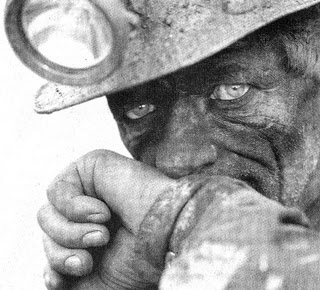
In the End...
Dust in your home probably won’t kill you. Ordinary household dust is generally comprised of skin cells, fabric and carpet fibers, and hair. Microscopic arachnids live in carpets and bedding and they feed on the skin cells that we shed every day. These teeny tiny spiders do not feed on living human cells, only dead, so they live by the hundreds of thousands in your mattress, in pillows, carpets, anywhere where there is some humidity (they can survive extremely dry temperatures though) and where skin cells have something to cling to. As the mites feed, they excrete, and these excretions are a large part of what you see when you see visible household dust. Cleaners like Pledge have a sticky substance in them to which the dust mites and their excretions get stuck, which helps us clean them away and throw them away.
So why should you care about dust? Because dust – dust in pretty much all of its forms – can kill. It pollutes, explodes, carries lethal bacteria, sometimes carcinogens, it gums up our equipment, cuts down on our visibility if we are driving in a storm. We have lost our homesteads and farms to over farming and resultant dust. We have lost lives to dust storms and infection. Others have died in dust explosions in factories and mines and more breathe in lethal dust every single day of their lives either knowingly or unknowingly. And after 9/11, it was dust that killed more people and that still causes suffering than died on the actual day. Combine that with the number of soldiers and reporters and contractors who have died in the war as a result of dust storms or infection and who suffer from Gulf War Syndrome and we just might begin to take the matter of dust more seriously.
We can hope.

